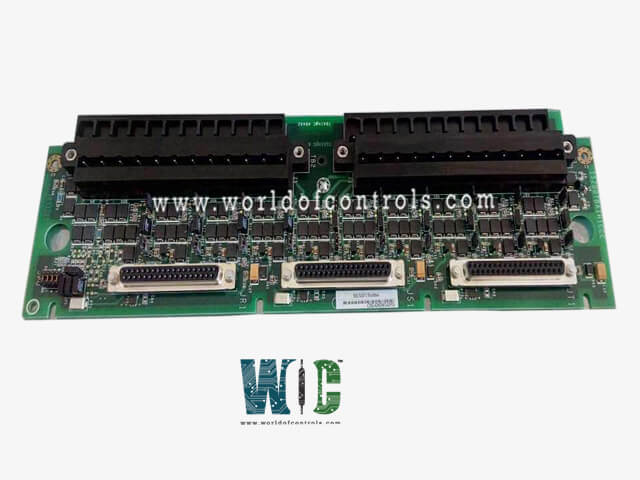
World Of Controls understands the criticality of your requirement and works towards reducing the lead time as much as possible.
IS200TBQDH2A - Analog Input Termination Module is available in stock which ships the same day.
IS200TBQDH2A - Analog Input Termination Module comes in UNUSED as well as REBUILT condition.
To avail our best deals for IS200TBQDH2A - Analog Input Termination Module, contact us and we will get back to you within 24 hours.
Part Number: IS200TBQDH2A
Manufacturer: General Electric
Series: Mark VI
Product Type: Analog Input Termination Module
Repair: 3-5 days
Availability: In Stock
Country of Manufacturer: United States (USA)
IS200TBQDH2A is an Analog Input Termination Module developed by General Electrics. This module is designed to interface with analog sensors and devices, effectively converting analog signals into digital data that can be processed by control systems. It allows for precise monitoring and control of variables. Analog inputs are critical for monitoring and controlling processes that demand high levels of accuracy and precision. The component is engineered to deliver consistent and dependable performance in capturing and transmitting analog data.
WOC has the largest stock of Speedtronic control spares. Please contact our staff by phone or email for pricing and availability on any parts and repairs
What is IS200TBQDH2A?
It is an Analog Input Termination Module developed by General Electrics.
What are the three primary components of the Mark VIe control system?
The Mark VIe control system consists of three primary components: controllers, I/O networks, and I/O modules. These components work together to facilitate control and monitoring functions.
What is redundancy in the Mark VIe control system?
The Mark VIe control system provides various redundancy options to enhance system reliability. Redundancy involves having backup components or paths to ensure continuous operation in case of a failure. This redundancy can be critical in industrial applications where downtime is costly.
What is the role of the dual unit data highway (UDH) networks in the Mark VIe control system?
Dual unit data highway (UDH) networks are part of the communication infrastructure within the Mark VIe control system. They facilitate data exchange between controllers and other system components, ensuring smooth operation and control.